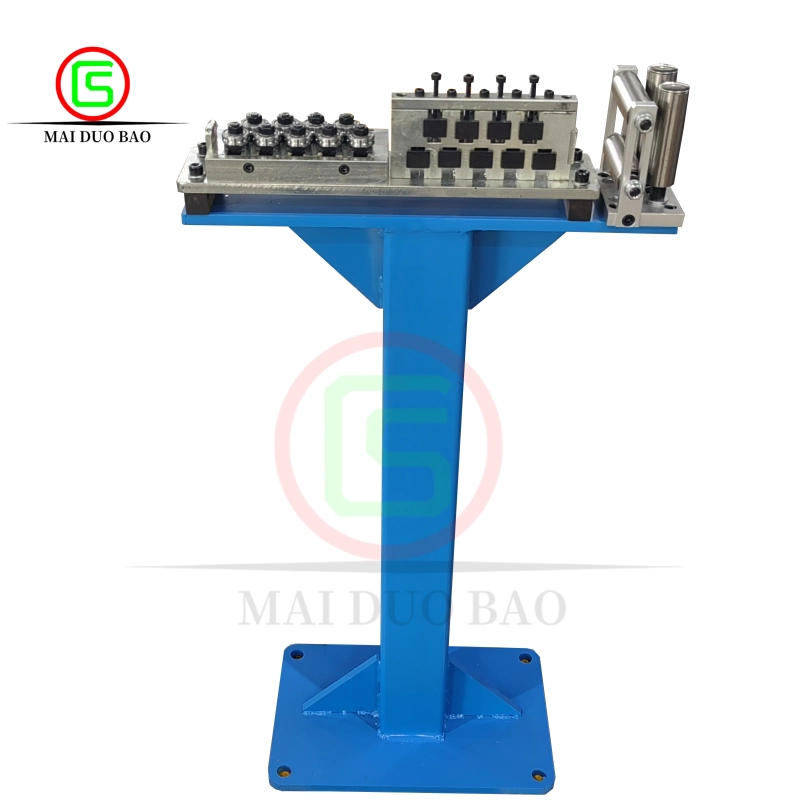When it comes to industrial and household applications, 3M adhesives are renowned for their exceptional bonding strength and durability. However, there are times when you may need to remove or dissolve these adhesives, whether for repair, replacement, or cleaning purposes. Understanding what dissolves 3M adhesive is crucial for achieving a clean and effective removal without damaging the underlying surfaces. This article delves into the various methods and solvents that can effectively dissolve 3M adhesive, providing you with practical solutions tailored to your specific needs.
Understanding 3M Adhesives
3M offers a wide range of adhesive products, including pressure-sensitive adhesives, epoxy adhesives, and structural adhesives. Each type has unique properties and applications, making them suitable for various materials such as plastics, metals, and wood. The strength of these adhesives is often a double-edged sword; while they provide excellent bonding, they can also pose challenges when it comes to removal.
Common Types of 3M Adhesives
Before discussing the solvents, it’s essential to identify the type of 3M adhesive you are dealing with. Some common types include:
- 3M VHB (Very High Bond) Tape: Known for its strong bond and ability to replace mechanical fasteners.
- 3M Super 77: A multipurpose spray adhesive that bonds a variety of materials.
- 3M 5200: A marine adhesive that offers waterproof bonding for boats and other applications.
Each type may require different approaches for effective removal.
Solvents and Methods for Dissolving 3M Adhesive
- Acetone
Acetone is a powerful solvent commonly used in nail polish removers and industrial applications. It is particularly effective for dissolving 3M adhesives like Super 77 and VHB tape. To use acetone:
- Application: Soak a cotton ball or cloth in acetone and apply it to the adhesive. Allow it to sit for a few minutes to penetrate the adhesive.
- Removal: Gently scrape the adhesive with a plastic scraper or your fingernail. Repeat the process as necessary.
Caution: Acetone can damage certain surfaces, including plastics and painted finishes. Always test on a small, inconspicuous area first.
- Isopropyl Alcohol (IPA)
Isopropyl alcohol is a milder solvent that can effectively dissolve some types of 3M adhesives without the harshness of acetone. It is particularly useful for cleaning surfaces after adhesive removal.
- Application: Dampen a cloth with IPA and rub it over the adhesive. Let it sit for a few minutes.
- Removal: Wipe away the adhesive with the cloth. For stubborn spots, use a plastic scraper.
- Goo Gone
Goo Gone is a commercial adhesive remover that is safe for most surfaces. It contains citrus-based solvents that break down adhesive bonds.
- Application: Apply Goo Gone directly to the adhesive and let it sit for 5-10 minutes.
- Removal: Wipe away the adhesive with a cloth. For tougher residues, use a plastic scraper.
- Heat Application
Heat can soften many types of adhesives, making them easier to remove. This method is particularly effective for VHB tape.
- Application: Use a heat gun or hairdryer on a low setting to warm the adhesive. Keep the heat source moving to avoid damaging the surface.
- Removal: Once the adhesive is softened, use a plastic scraper to gently lift it away.
Additional Tips for Effective Adhesive Removal
- Patience is Key: Allow solvents to penetrate the adhesive fully before attempting removal. Rushing the process can lead to surface damage.
- Protect Surrounding Areas: Use painter's tape or plastic sheeting to protect surfaces adjacent to the adhesive.
- Ventilation: Ensure adequate ventilation when using solvents to avoid inhaling fumes.
Conclusion
Removing 3M adhesive can be a straightforward process when armed with the right knowledge and tools. Whether you choose acetone, isopropyl alcohol, commercial products like Goo Gone, or heat application, understanding the nature of the adhesive and the surface you are working with is crucial. By following the methods outlined in this article, you can effectively dissolve 3M adhesive while minimizing the risk of damage to your surfaces. Always remember to test solvents on inconspicuous areas first and exercise caution during the removal process. With the right approach, you can tackle even the toughest adhesive challenges with confidence.

